Back in Britain, following a much deserved rest and Christmas, Harry was posted on the 5th of January 1918 (aged 24) to the Midlands Instructor School, UK, to learn the ropes of instructing other pilots.
On the 17th of January 1918 it was gazetted that Temporary Captain Henry Williams had been awarded the Military Cross. the citation read. “For conspicuous gallantry and devotion to duty on 27th July whilst carrying out artillery observation. Although attacked by two machines, he carried on with his work, driving one off and destroying the other. He has consistently shown courage and perseverance in carrying out his work and set a fine example to the squadron.”
On completing this instructor’s course he then was posted to No. 9 Training Depot Station, at Shawbury, as an instructor. He flew the DH.9 as an Instructor.
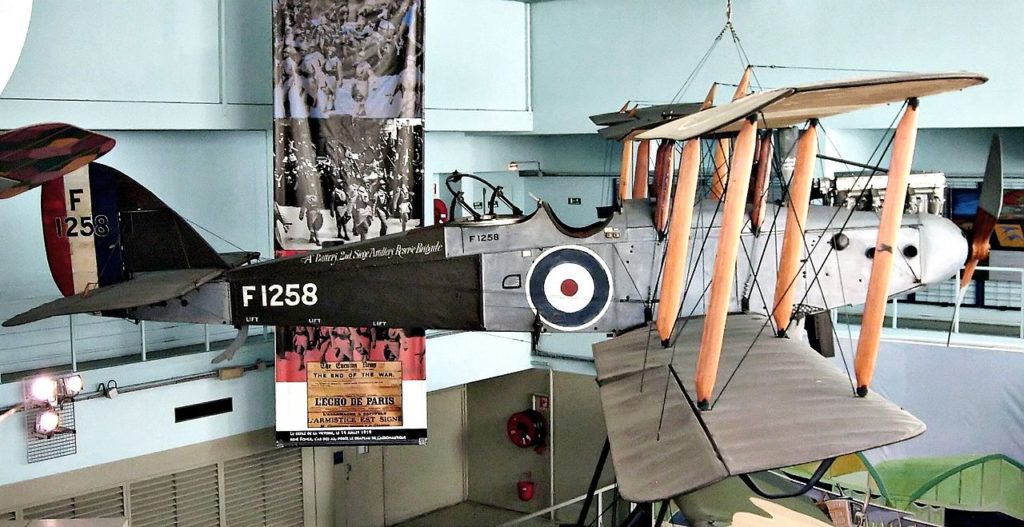
William Williams received a letter from his son Harry in which he wrote the following – that was published in the Hawera & Normanby Star on the 13th of May 1918,
“I was sent for by the General in charge of all the R.F.C. in England, and he told me he wanted to make me a staff officer, but first I would have to go to all the R.F.C. schools in England and Scotland in company with six other captains to get an idea of how the schools were organised. It is a remarkably good job, and one that i never expected to get, nor had I even applied for it… I believe that when we get settled down we will each have the training of the R.F.C. of a large area of England, and be responsible for the harmony of all branches of the Flying Corps in that area.”
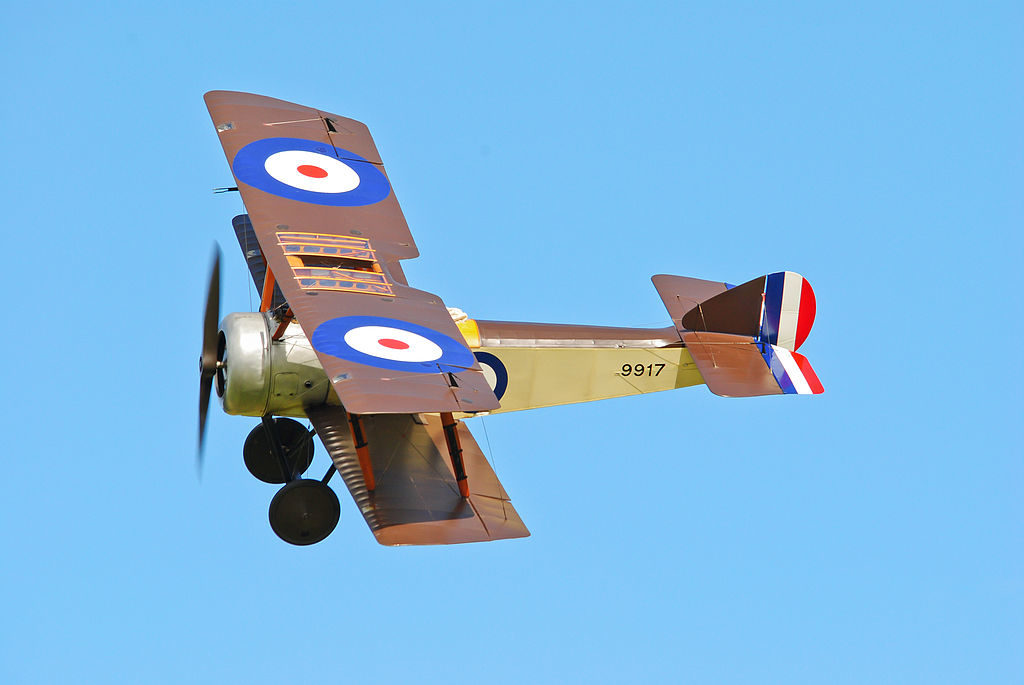
So Harry’s last months of the war, during which he held the rank of Major, was spent flying around various flying schools in a Sopwith Pup fighter, visiting each and getting to know their training systems.
Other aircraft types he’d flown in this last year of the war in Britain included the SE.5A, the Bristol Fighter and the venerable old Avro 504K.
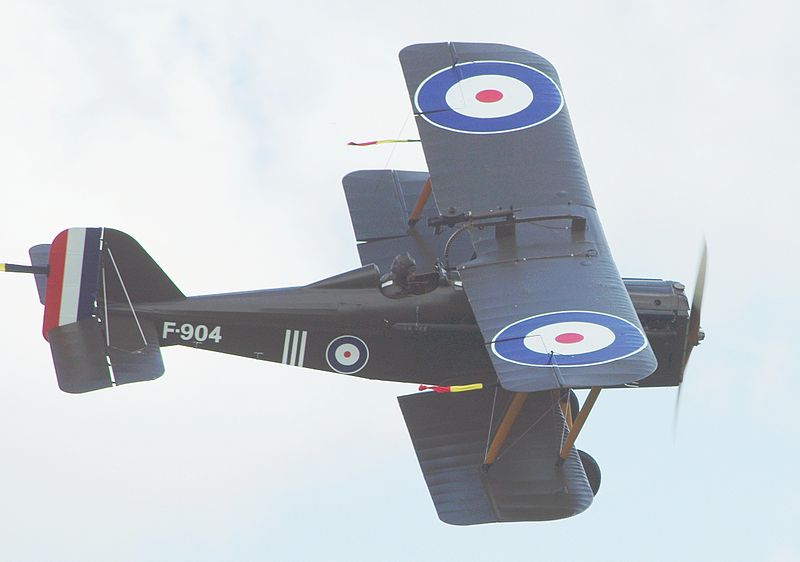
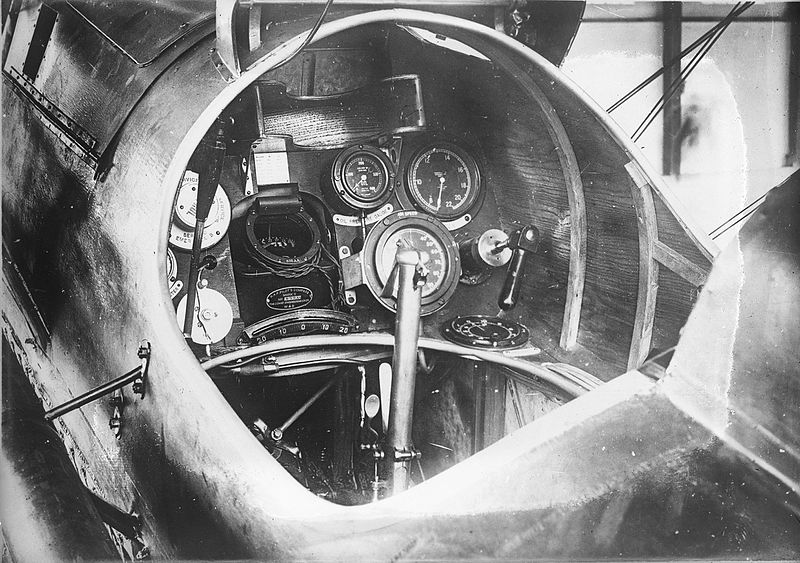
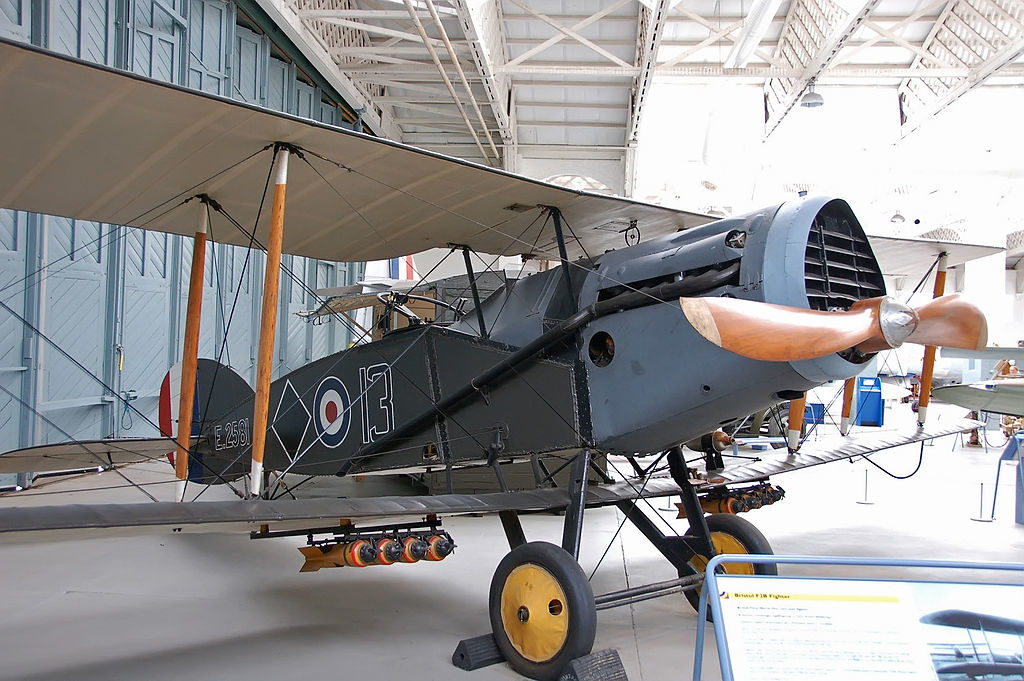
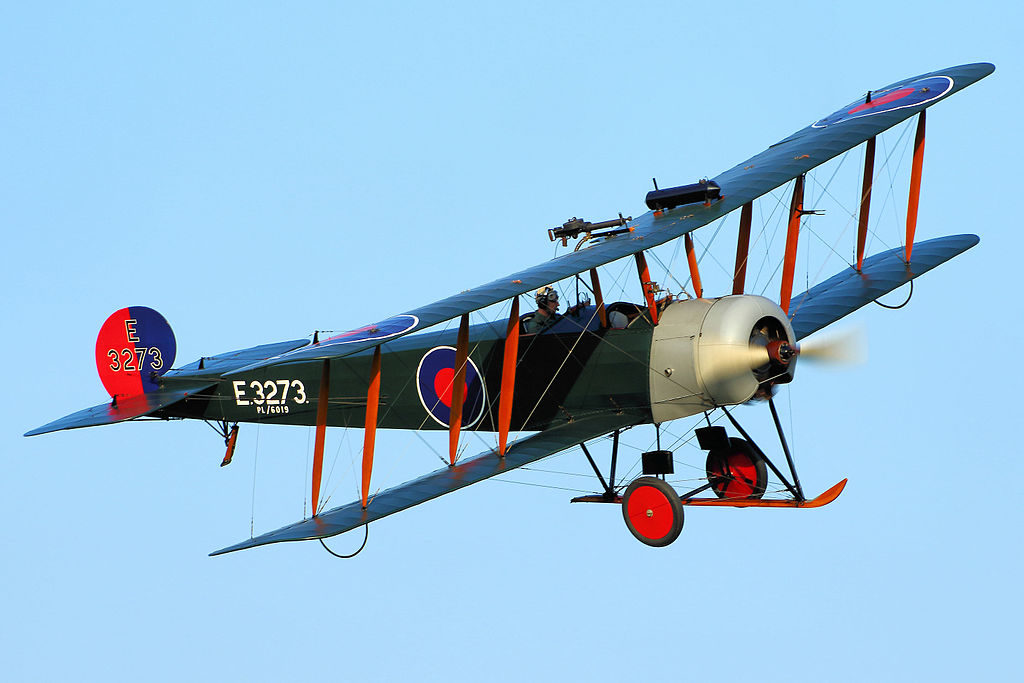
Following World War One, Harry was offered the role of commanding the New Zealand Permanent Air Force. However he declined, preferring to return to farming in Cambridge NZ.
On his return to NZ he returned to farming, however with his flying skills and aircraft knowledge, family lore recalls that along with other returned pilots he was instrumental in introducing the idea of aerial top dressing to NZ. (His own farmland consisted of rolling hills in the Waikato, that benefited from aerial top dressing once cleared of scrub).
Tauhei History (50 page PDF)
page 27 that states HD built the first air strip in Tauhei in 1951 and later in the 1960’s built the air strip on a high point on the Parahiwi farm .
See also HD Williams Memoires pages 20, 24-25